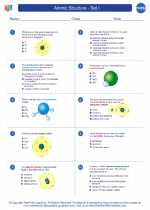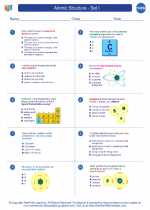Strength in Chemistry
In chemistry, "strength" can refer to a few different concepts depending on the context. Here are the key areas where the concept of strength is important in chemistry:
Acid and Base Strength
One of the most common uses of the term "strength" in chemistry is in relation to acids and bases. The strength of an acid or base refers to its ability to donate or accept protons, respectively. This is often measured by the pH scale, with strong acids having a low pH and strong bases having a high pH.
Bond Strength
The strength of a chemical bond refers to the amount of energy required to break that bond. Bonds can be covalent, ionic, or metallic, and each type has its own characteristic bond strength. Understanding bond strength is important for predicting the reactivity and properties of different compounds.
Solution Strength
Strength can also refer to the concentration of a solution, particularly in the context of dilute or concentrated solutions. This is often measured in terms of molarity or percentage concentration, and it can affect the chemical properties and behavior of the solution.
Study Guide
1. Understand Acid and Base Strength
Learn the difference between strong and weak acids and bases. Understand how to use the pH scale to compare the strength of different acids and bases. Practice identifying strong and weak acids and bases based on their chemical formulas and properties.
2. Learn about Bond Strength
Study the different types of chemical bonds and their characteristic strengths. Practice calculating bond energies and understanding how bond strength affects the reactivity and stability of molecules. Explore the concept of bond polarity and its relation to bond strength.
3. Master Solution Strength Calculations
Practice calculating the concentration of solutions in terms of molarity and percentage concentration. Understand how to prepare dilute or concentrated solutions from stock solutions. Explore the effects of solution strength on chemical reactions and properties.
4. Connect Concepts
Make connections between the different uses of the concept of strength in chemistry. Understand how acid and base strength can affect solution behavior, and how bond strength influences the properties of molecules and compounds.
.◂Chemistry Worksheets and Study Guides High School. Atomic Structure - Set I

 Worksheet/Answer key
Worksheet/Answer key
 Worksheet/Answer key
Worksheet/Answer key
